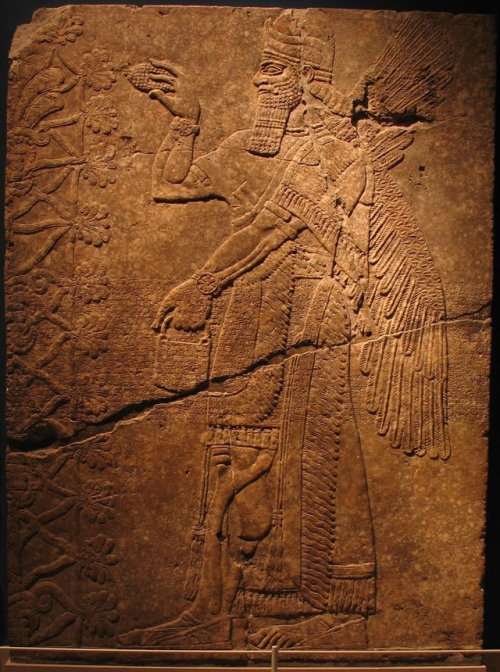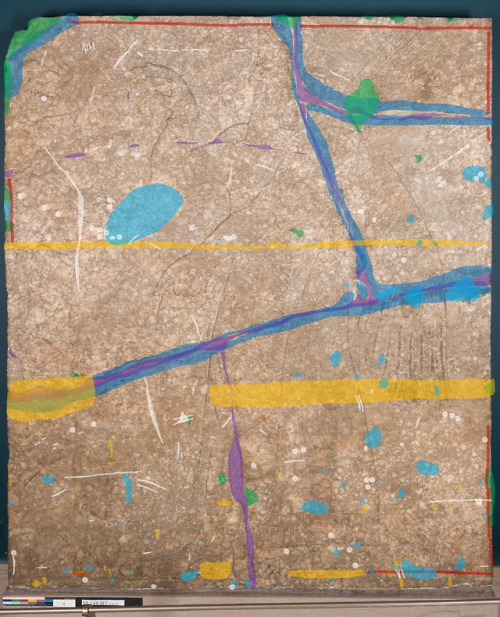The Brooklyn Museum collection includes twelve monumental alabaster reliefs from the Northwest Palac
The Brooklyn Museum collection includes twelve monumental alabaster reliefs from the Northwest Palace of Ashur-nasir-pal II (883 to 859 B.C.E.), King of Assyria. After nearly five decades on display in Brooklyn, six of the twelve reliefs were fully conserved in 2002. Each relief was photographed, documented, cleaned, structurally stabilized, furnished with a secure mounting system, and reinstalled. Now, through the generous support of Bank of America, Brooklyn Museum’s conservators will fully treat the remaining six reliefs over the next two years.The first step of conservation treatment always involves documentation. Conservators take photographs and make detailed notes about the materials from which works of art are made, the manufacturing processes used to work those materials, and the condition of the artwork at the time of examination, gleaning information about the object at the time of its creation and witnessing the physical record of how the object has changed over time. Usually, conservators examine and photograph objects in the Brooklyn Museum’s conservation lab. Because of their size, weight, and installation, these monumental reliefs will be documented in the galleries using digital photography with visible light, ultraviolet (UV) and infrared radiation, condition diagrams, and written reports.Images taken with lights aimed directly at the object (left) can illuminate materials on the reliefs’ surfaces; while, digital photographs taken with the lights aimed across the objects’ surfaces, called raking light images (right), emphasize depth and highlight the relief carving.Visible light (vis), ultraviolet induced visible luminescence (uv), ultraviolet reflected (uvr), and ultraviolet false color (uvrfc) MBI images of one of the reliefs, 55.147.Part of a suite of imaging techniques called multiband imaging (MBI), images taken with UV can help reveal and characterize materials not readily discernible in visible light. UV images can also be combined with visible light images in digital post processing to create false color images, which can also help characterize different materials. Condition diagrams (top image) create a color-coded map, detailing the locations and distributions of the damages, repairs, and unintentional additions to the reliefs, giving conservators now and in the future a visual record of the objects’ condition before treatment.Posted by Victoria SchusslerMain image: A condition diagram for one of the reliefs, 55.148, showing losses in green, fill material in purple, mortar in blue, pits and scratches in white, etc. -- source link
#assyrianreliefstreatment#bkmconservation#assyrian#relief#ancient#treatment#conservation#conservators#ashur-nasir-pal ii#brooklyn#documentation#photograph#detail#notes#material#examination#ultraviolet#uv#visible#infrared radiation#condition#reports#highlight

